sterilizing garden
kaine23
12 years ago
Related Stories

GROUND COVERSNative Alternatives to English Ivy, Japanese Pachysandra and Periwinkle
These shade-loving ground covers are good for the environment and say something about where you are
Full Story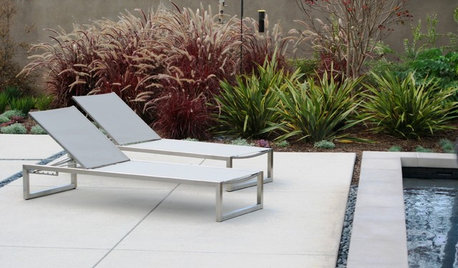
PURPLE FOLIAGEGreat Design Plant: Purple Fountain Grass
Easy come, easy grow — give this low-maintenance grass pride of place in your garden
Full Story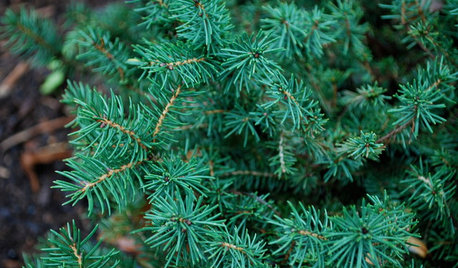
GARDENING GUIDESGreat Design Plant: Picea Abies ‘Nidiformis’
Bird’s nest spruce pulls its weight in the winter garden by providing structure and interest
Full Story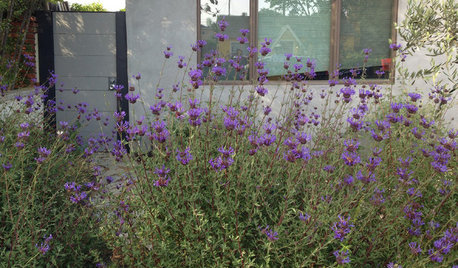
GARDENING GUIDES10 Late-Winter and Early-Spring Bloomers for the West
Tired of waiting for spring to arrive? Try these drought-tolerant, flowering plants for color that starts in late winter
Full Story
KIDS’ SPACESRoom of the Day: Color Energizes a Texas Playroom
Exuberant prints transform a sterile white room into a lively place for creativity and hanging out
Full Story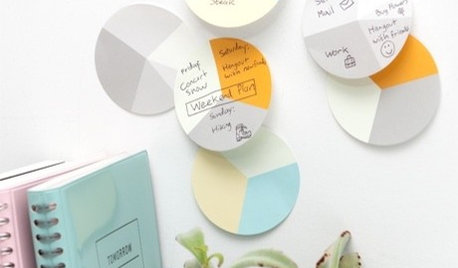
PRODUCT PICKSGuest Picks: Create a Fun, Fresh Workspace
These refreshing colors and metallic accents can take a home office from sterile to inspiring
Full Story
EDIBLE GARDENSHow to Grow Your Own Sweet Summer Crops
This guide will help any gardener get started on growing the freshest warm-season veggies and berries for summer
Full Story
INSPIRING GARDENSNative Plants Bring 10 Southern California Front-Yard Gardens to Life
Rare plants, rain gardens and wildlife habitats are just a few of the features showcased on the 2016 Theodore Payne Native Plant Garden Tour
Full Story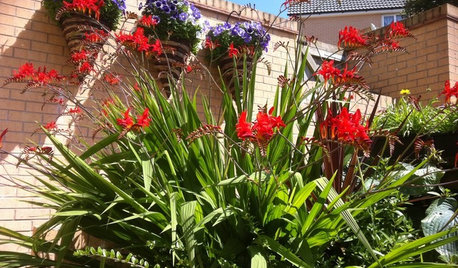
URBAN GARDENSPut Plants to Work in Small Gardens
Grasses, ground cover and more keep small gardens big on visual interest
Full Story
LANDSCAPE DESIGNGardening for Happy Kids
Foster creativity, self-esteem and more by designing your landscape with a sense of discovery
Full Story


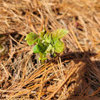
jean001a
kaine23Original Author
Related Discussions
Mint propagation
Q
soil for hoya
Q
Hydroponics for beginner
Q
Sterilizing garden tools
Q
Joe1980
kaine23Original Author
glib
kaine23Original Author
kaine23Original Author
Belgianpup
terrybull
nygardener
kaine23Original Author
barrie2m_(6a, central PA)
glib
exmar zone 7, SE Ohio
oliveoyl3